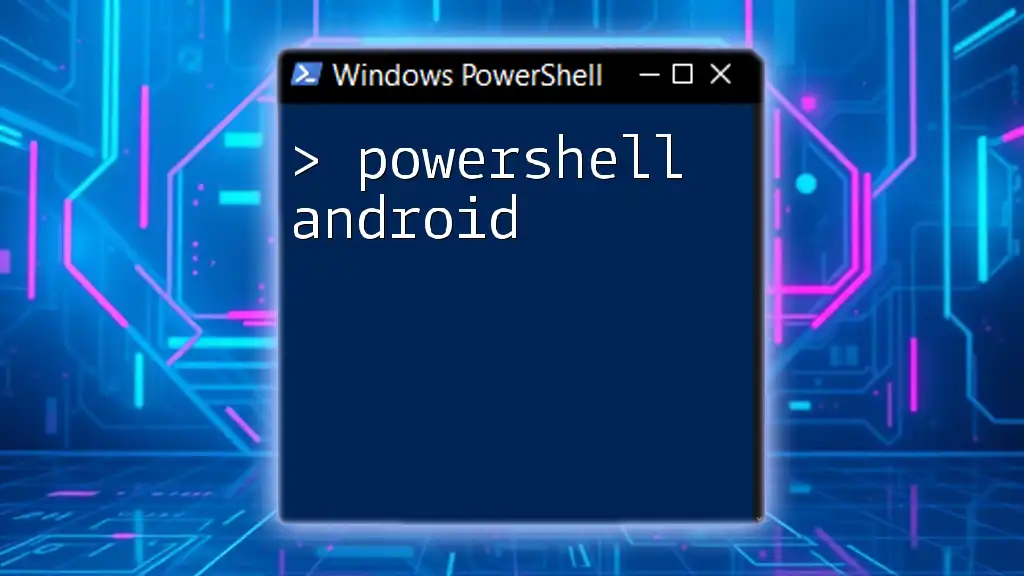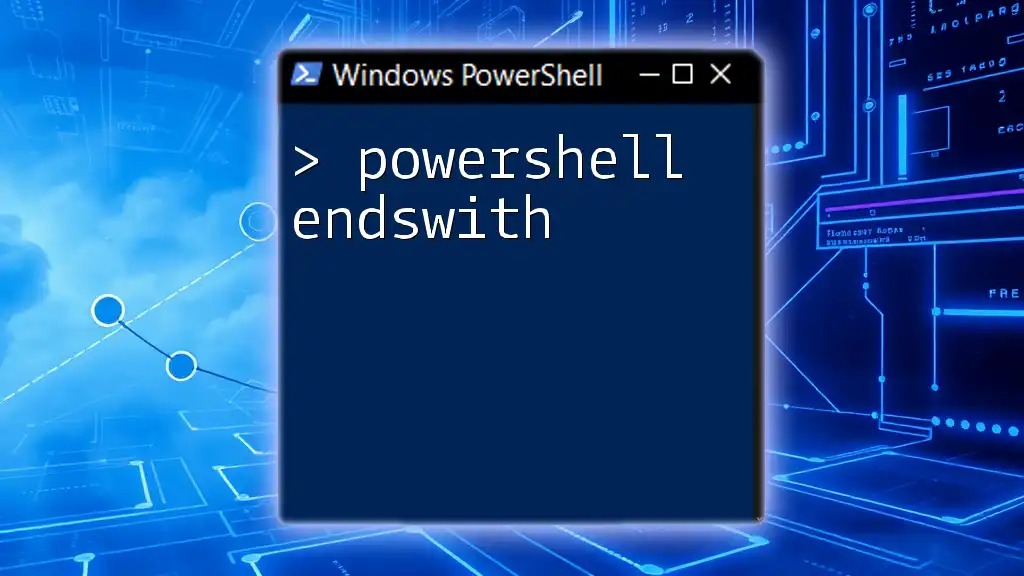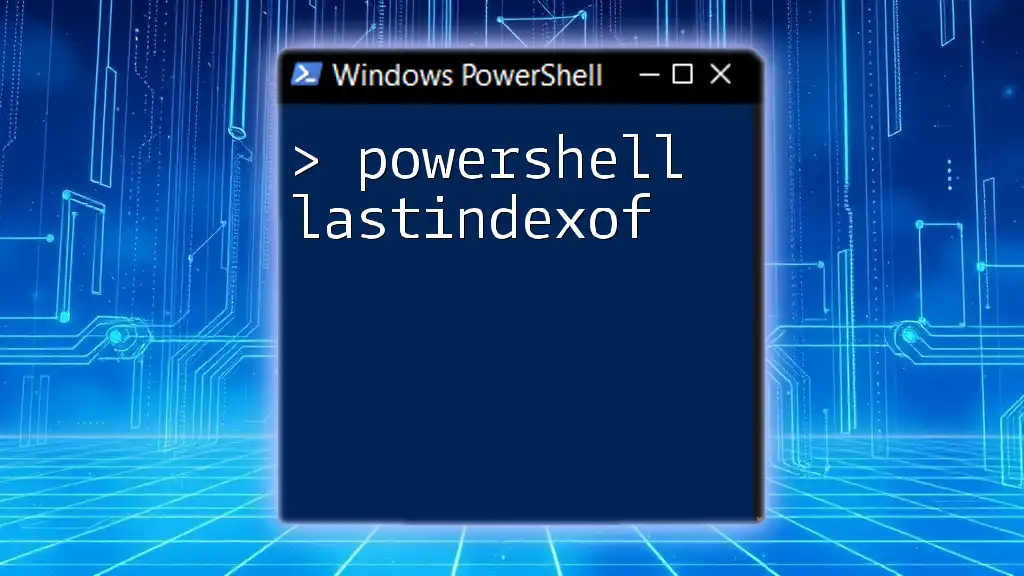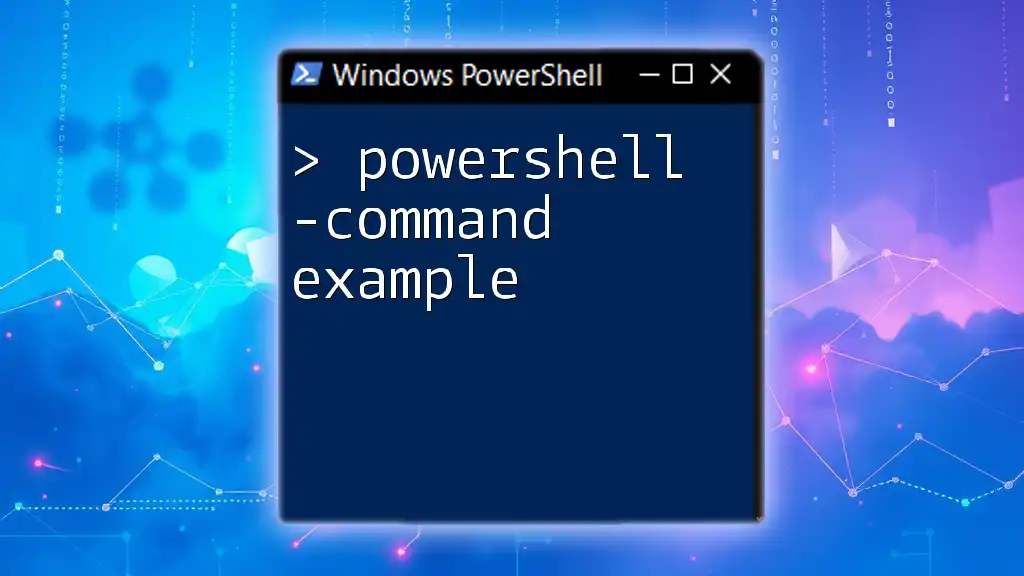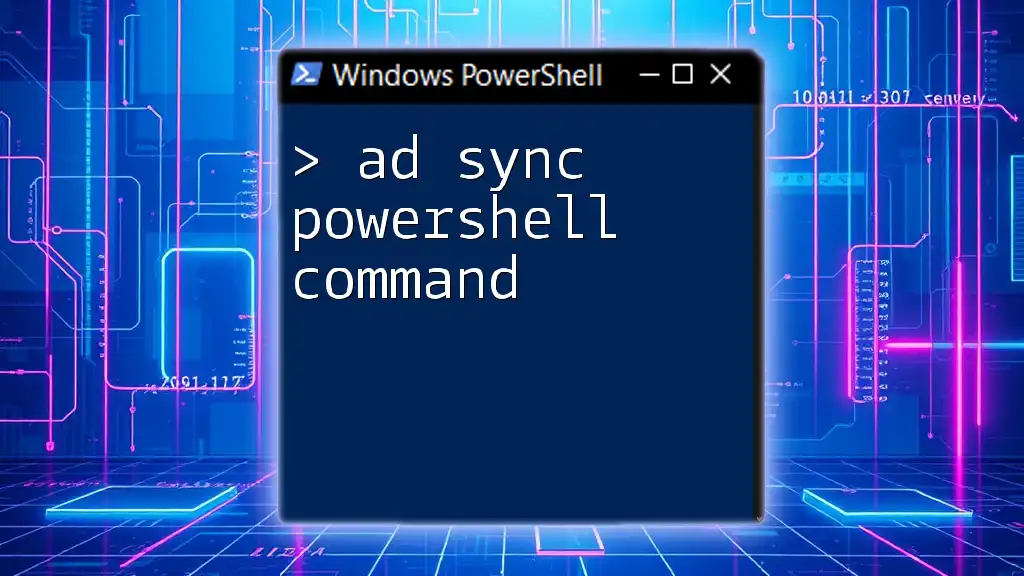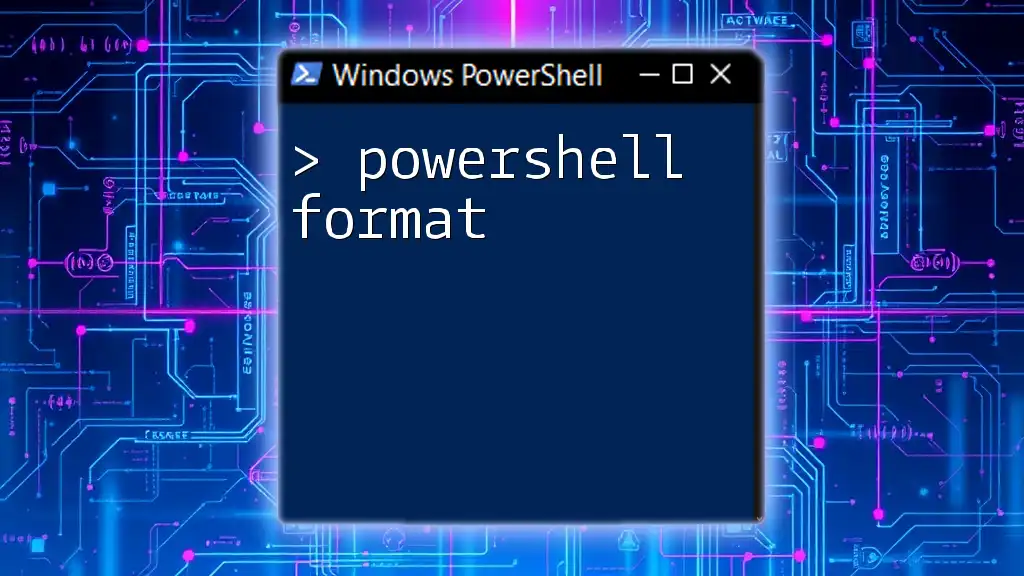The `Microsoft.PowerShell.Commands.Internal.Format.FormatStartData` class is an internal PowerShell component that assists in managing data formatting during output operations, enabling developers to define how objects are represented in the console.
Here’s an example code snippet showing how to start a formatting operation using PowerShell:
# Example of using internal formatting in PowerShell
$items = Get-Process
$items | Format-Table -Property Name, Id, CPU
What is FormatStartData?
FormatStartData is a key component of PowerShell's formatting functionality, designed to help manage how objects are represented in the console or output streams. Understanding how FormatStartData operates is crucial for anyone looking to enhance their PowerShell scripting skills and improve the way data is presented.

What Are Internal Format Commands?
Internal format commands are built-in functionalities within PowerShell that dictate how data is formatted before it is displayed. FormatStartData, as part of this module, plays an essential role in this formatting process. Unlike external commands, which might pull in additional logic or scripts from outside sources, internal format commands operate directly within the PowerShell environment, ensuring efficient processing of data representation.
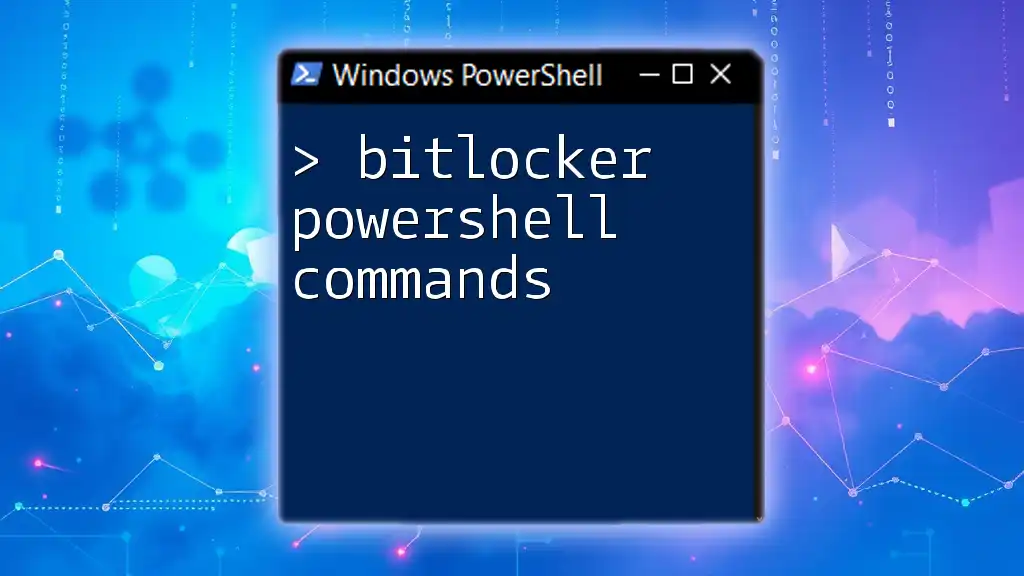
The Function of FormatStartData
At its core, FormatStartData establishes the initial formatting framework for objects, ensuring that crucial details are maintained when displaying complex data. It essentially prepares the data formatted for human consumption or further manipulation by other commands. This command is predominantly used in conjunction with other formatting commands, acting as a precursor to detailed data presentation.
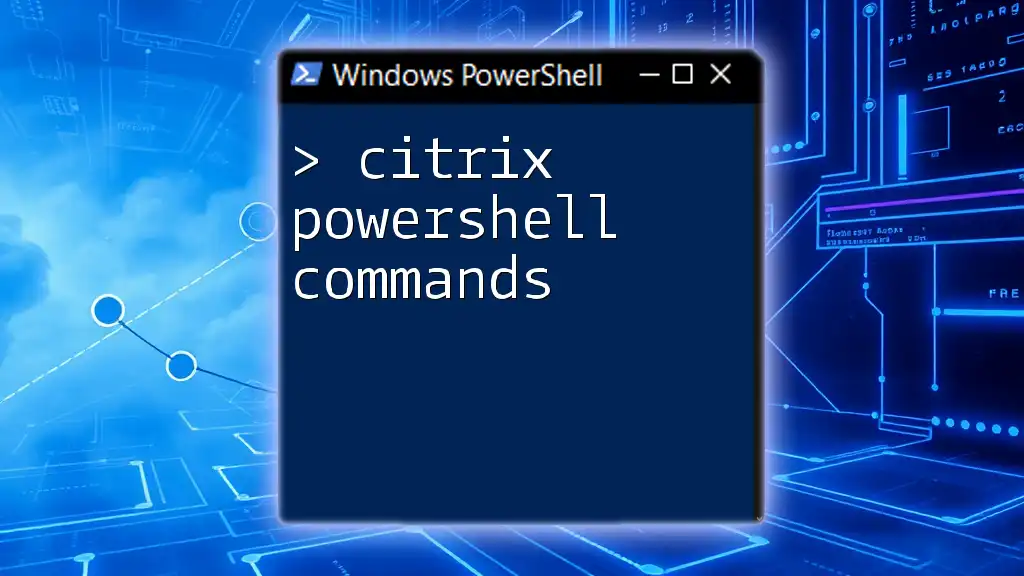
Breaking Down the Syntax
The syntax of FormatStartData is straightforward but can become complex depending on how it integrates with other PowerShell commands. While the command itself does not require extensive parameters, understanding its place in the overall formatting command structure is essential. It doesn’t get called directly in scripts while doing typical operations, but its impact is felt throughout.

How to Use FormatStartData in PowerShell
Basic Usage Example
A common way to observe FormatStartData in action is through simple formatting commands. For instance, consider the following code snippet:
Get-Process | Format-Table -Property Id, ProcessName
This command retrieves all running processes and formats them in a tabular structure, displaying only their IDs and names. Here, Format-Table likely utilizes FormatStartData internally to manage how these objects are initially prepared for presentation.
Advanced Usage with Parameters
To take formatting a step further, you can introduce parameters for more control over output. The following example showcases this:
Get-Service | Format-Table -Property Name, Status -AutoSize
In this instance, -AutoSize enhances the table format by adjusting column widths based on content, ensuring a more readable output. The FormatStartData plays a role here, as it initiates the formatting process that allows this adjustment to occur.
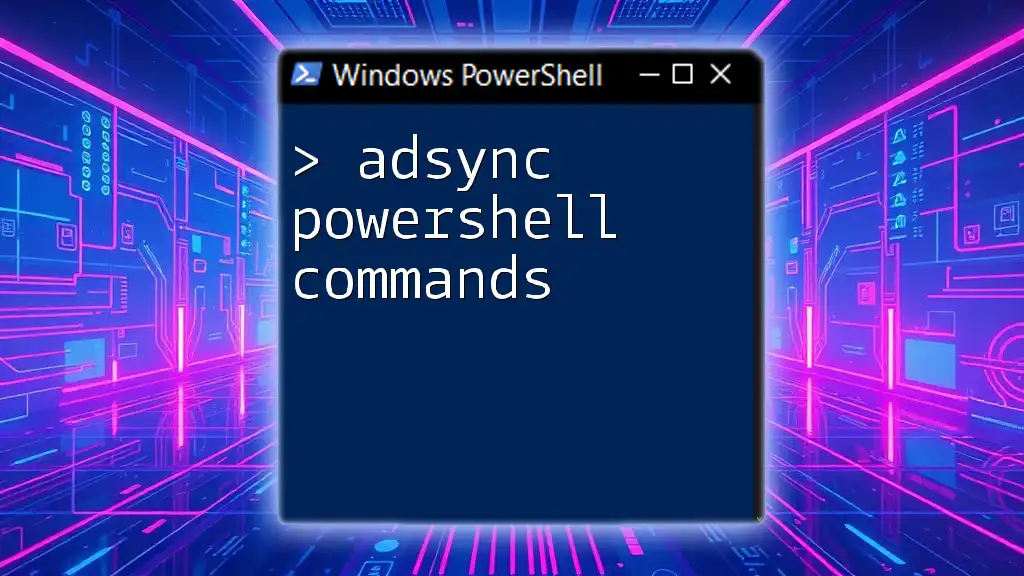
When to Use FormatStartData
Understanding when to utilize FormatStartData involves recognizing scenarios where efficient data presentation becomes crucial. Here are ideal use cases:
- Displaying Complex Objects: When dealing with different classes of output, such as custom objects or collections, using formatting commands that leverage FormatStartData ensures that critical information isn’t lost in translation.
- Performance Considerations: In scripts that run in bulk or involve large datasets, managing how data is presented can save processing resources and improve overall execution times.
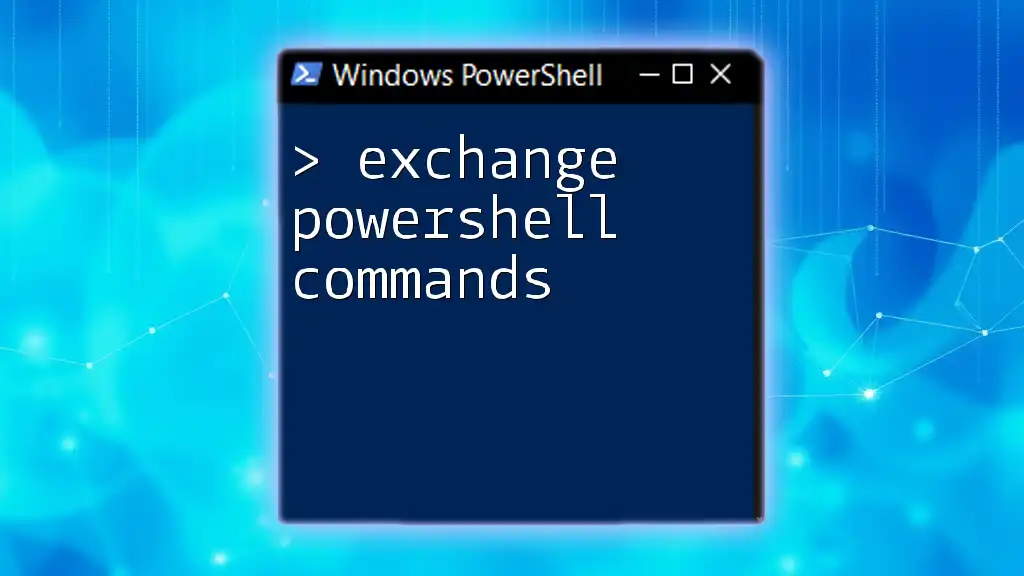
Troubleshooting Common Problems
Despite its effectiveness, issues can arise when using commands that invoke FormatStartData indirectly. Here are some common pitfalls:
- Unexpected Output Structure: If the output format seems incorrect, check the previous commands for errors; they may be mishandling data before it reaches the formatting stage. Always validate each step.
- Performance Issues: Should you notice sluggish responses, it’s essential to examine if any external scripts are conflicting with internal formatting commands.

Best Practices for Using FormatStartData
To maximize efficiency when using FormatStartData, consider the following guidelines:
- Keep Formatting Simple: Avoid overly complex formatting structures; aim for clarity in presentation. This will ensure the readability of outputs.
- Leverage Built-in Commands: Utilize built-in formatting commands wisely to take advantage of their intrinsic properties. Commands like Format-List or Format-Wide can complement FormatStartData effectively.
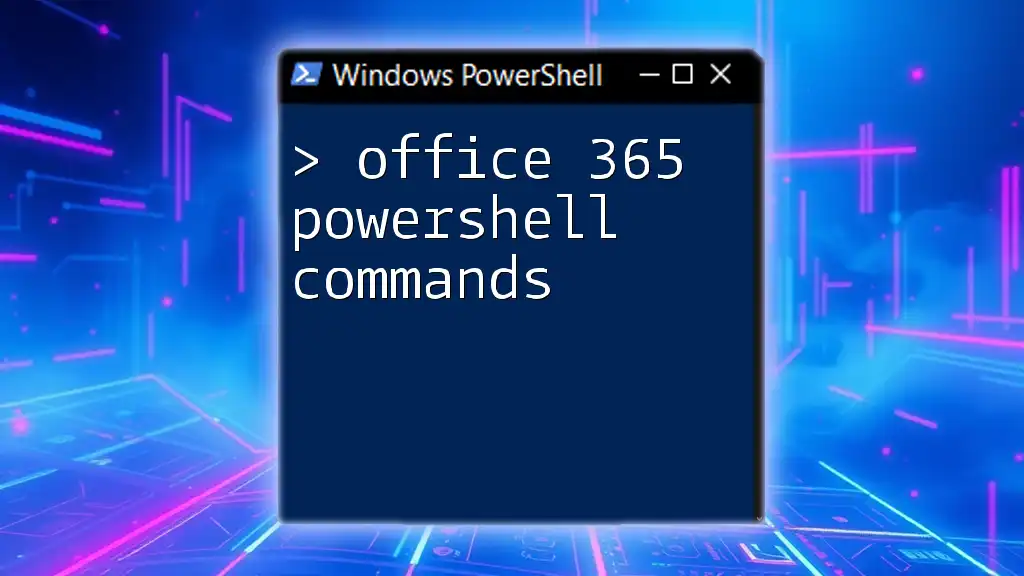
FormatStartData vs. Other Format Commands
Understanding the distinction between FormatStartData and other formatting commands is important for making effective choices:
- Format-Table: While FormatStartData sets the stage, Format-Table builds the final visual representation. Use it to display data side-by-side clearly.
- Format-List: If you require a more detailed breakdown of properties, Format-List offers an excellent alternative and leverage the foundational work done by FormatStartData to present data in a list format.

Key Takeaways
FormatStartData is a foundational aspect of PowerShell’s formatting capabilities. By integrating it effectively into your scripts, you can enhance data presentation and user experience. Mastering this command is essential for anyone looking to streamline their PowerShell interactions and improve output clarity.
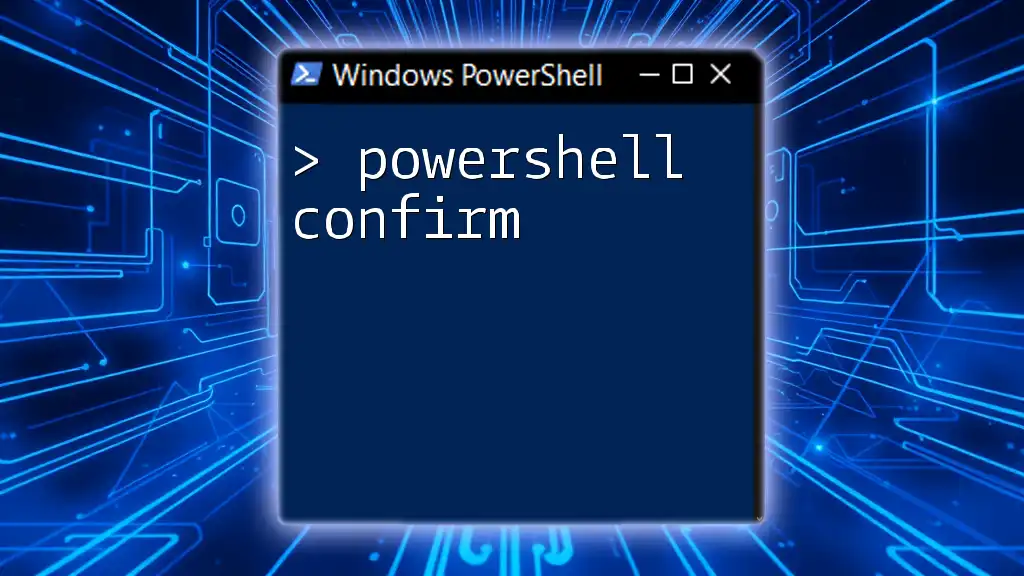
Recommended Reading and Tutorials
For those looking to delve deeper into PowerShell formatting commands:
- Official PowerShell Documentation
- Community forums and tutorials focusing on PowerShell scripting tricks
- Online courses dedicated to mastering PowerShell commands and their functionalities
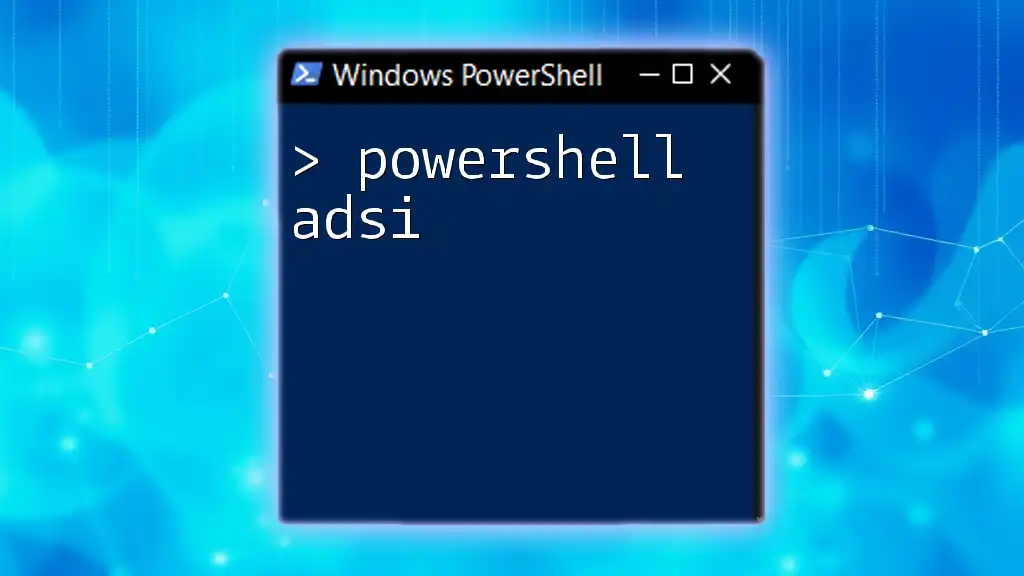
Join Our PowerShell Learning Community
We invite you to expand your PowerShell knowledge through our workshops, webinars, and additional resources. Share your experiences with FormatStartData and explore the benefits of clean, efficient data presentations with a community of like-minded learners.









